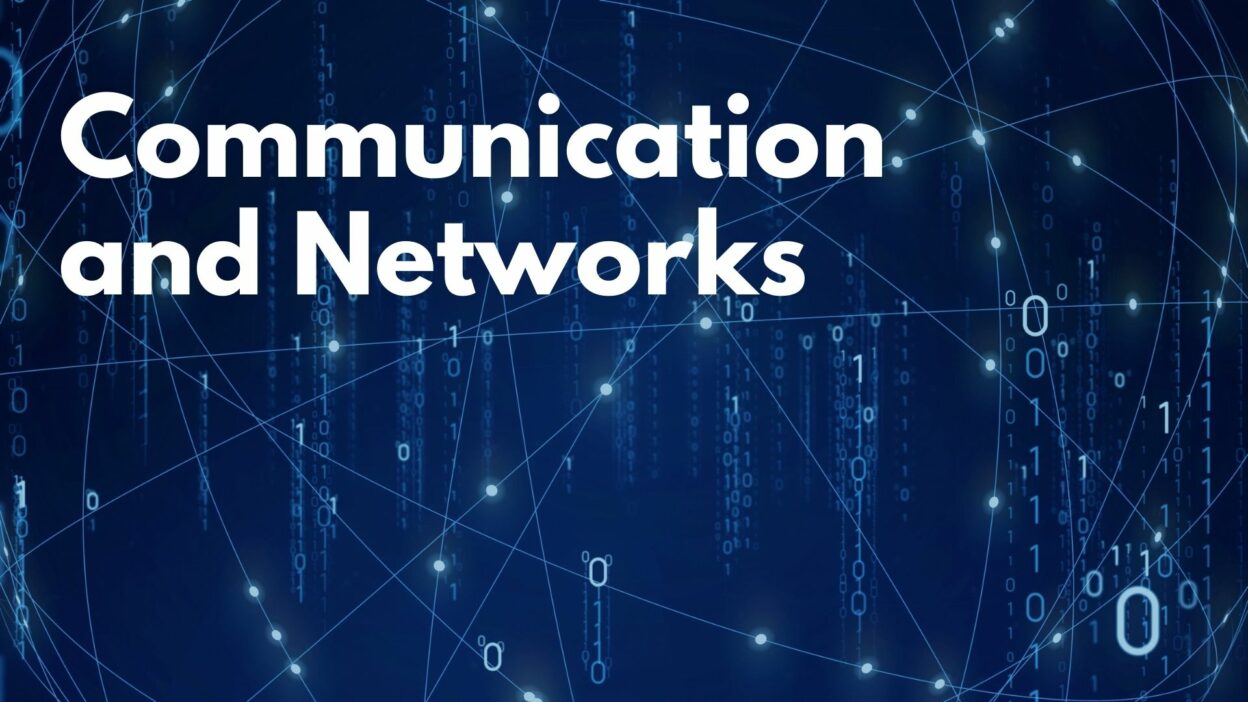NIST researchers have developed a new method for generating truly random numbers using quantum mechanics, which could significantly enhance security in cryptographic systems. The method involves using photons (particles of light) in an improved version of a 2015 NIST physics experiment that demonstrated “spooky action at a distance” – a phenomenon Einstein once dismissed.
The new quantum-based method is part of an ongoing effort to enhance NIST’s public randomness beacon, which broadcasts random bits for secure multiparty computation. Quantum mechanics provides a superior source of randomness because measurements of some quantum particles have fundamentally unpredictable results.
The process involves two steps: first, generating a long string of bits through a “Bell test” experiment, and second, processing the data to extract a shorter string of nearly uniform bits. The final numbers are certified to be random even if the measurement settings and seed are publicly known, as long as the Bell test experiment is physically isolated from customers and hackers.
This new method is the first to use a loophole-free Bell test and to process the resulting data through extraction, providing a superior source of randomness compared to conventional methods. The research, published in Nature, could have significant implications for enhancing security and trust in cryptographic systems.
Keywords: random numbers, quantum mechanics, quantum randomness, certified randomness, public randomness beacon


